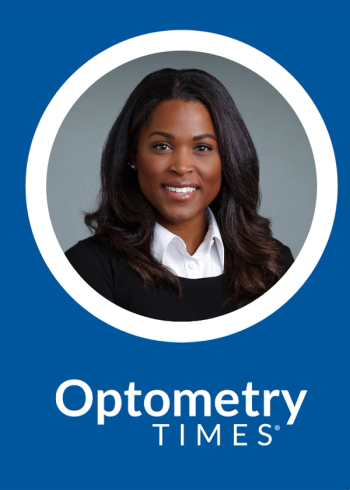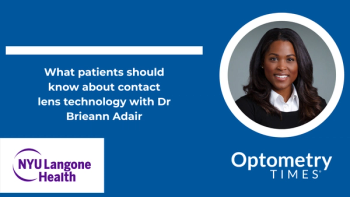
New research addresses contact lens myths, misconceptions
A new paper looks to debunk 10 contact lens notions long-held by eyecare practitioners.
Persistent, inaccurate views on contact lenses is the focus of a new peer-review paper from the Centre for Ocular Research & Education (CORE) published last month.
Titled “Addressing common myths and misconceptions in soft contact lens practice,” the research targets the shift of false views on contact lenses that are no longer accurate based on current evidence.
The paper was
Authors of the research provide contemporary evidence challenging 10 modern-day perspectives — myths — long-held by eyecare practitioners (ECPs).
These were divided into three categories: contact lenses and care systems, patient-related concerns, and business-focused barriers. Myths within each category were reviewed with evidence-based data, according to a
The 10 myths included:
Increasing oxygen transmissibility improves lens comfort.
Hydrogels should no longer be fitted.
Patients will be more successful wearing contact lens materials that demonstrate low levels of deposition.
When a patient reports discomfort, the first—and most appropriate—option is to change the lens.
Young children are less successful with contact lenses.
Multifocal fitting is not successful.
Wearer non-compliance can make contact lens wear just too risky.
Patients with low astigmatism do fine with spherical lenses.
Focusing on growing my contact lens business is too time-consuming.
My contact lens business will not grow because as many patients as I fit end up dropping out.
Researchers Karen Walsh, MCOptom; Lyndon Jones, PhD, FCOptom, FAAO; and Kurt Moody, OD, were successful in using evidence-based research to debunk all but one misconception, with evidence-based research: non-compliance of a patient can make contact lens wear too risky.
While this still holds true, evidence supports multiple factors that are adjustable and allow ECPs to help mitigate the risk. Such factors include appropriate lens accommodations, educating wearers to encourage good wearers, and care practice adherence.
The authors stated that what can be taken from the considerable evidence in relation to the myth is “a deep understanding of the risk factors related to complications, and a reminder that the practitioner should educate their patients of these risks at every visit, along with recommendation of the most appropriate (contact lens) replacement frequency and cleaning regimen to help support those behaviours for each individual situation.”
To conclude the paper, the authors determined that ensuring a clinical practice follows the evidence base — which will change over time — is the most appropriate way to help more patients access the benefits of contact lenses.
Newsletter
Want more insights like this? Subscribe to Optometry Times and get clinical pearls and practice tips delivered straight to your inbox.















































.png)


